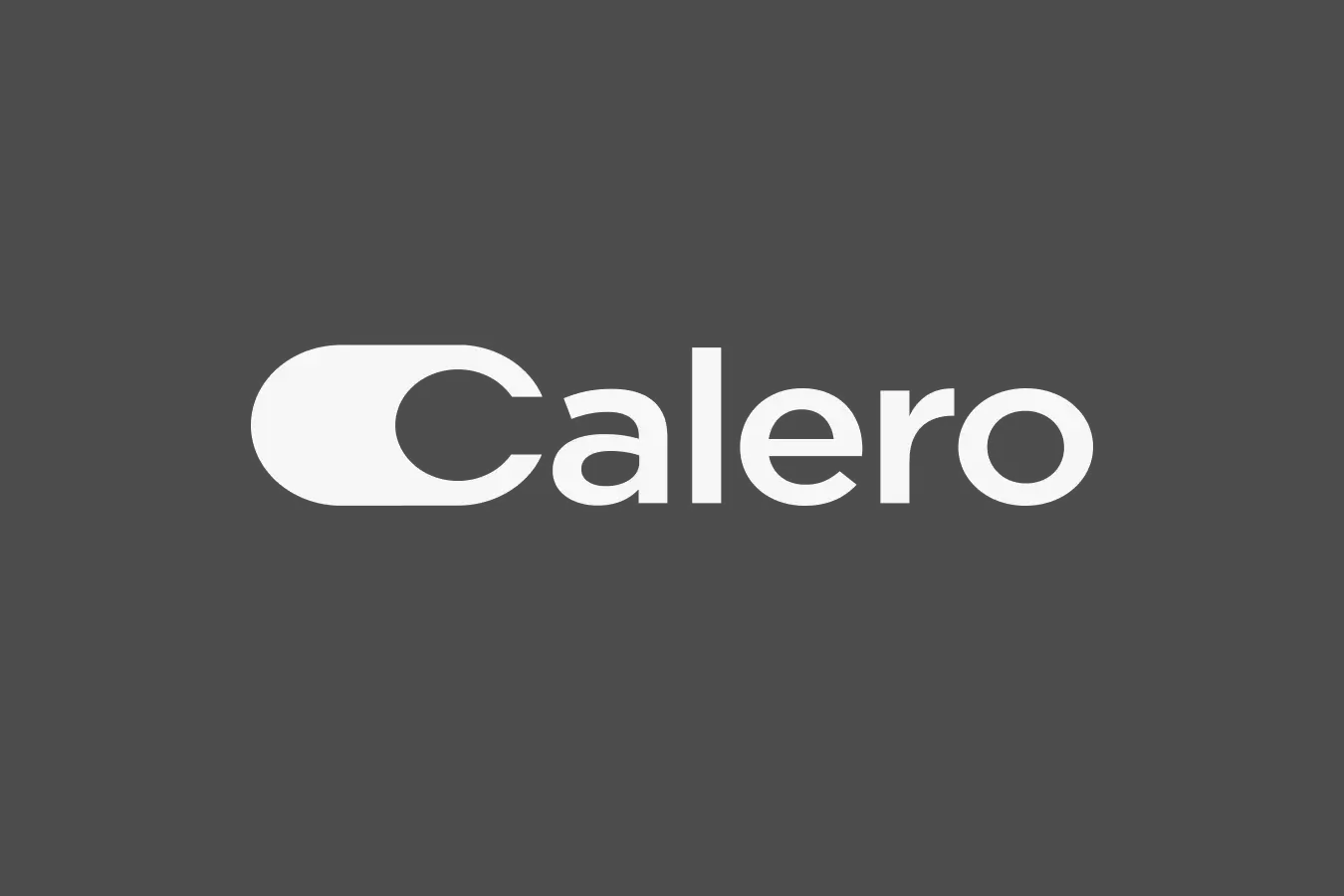In Part 1, we examined the challenges enterprises face in effectively auditing SaaS spend. Billing practices for cloud services are complex and often disorganized, and traditional audit tools fall short. Now we’ll look at how businesses can overcome these difficulties, and the benefits they receive once they do.
Knowing that auditing SaaS and UCaaS service expenses requires different tools and techniques, how can an organization:
– gain visibility, control and management of its SaaS spend?
– audit its data to ensure every dollar delivers maximum value?
The answers lie in a few different places.
First, businesses need a way to pull in not only traditional audit information, but also other data tied to consumption and licensing of SaaS services.
The necessary elements typically come from:
- Contracts: Businesses utilizing UCaaS services may have multiple contracts covering different subscriptions for the same service, such as a portion of licenses billed annually versus those billed monthly. Incentives, price tiers and bundled services may vary between these.
- Invoices: Billing formats are non-standardized, and there’s no consistency in the data included on invoices from the various SaaS service vendors. Some information may be missing and services might be broken out differently from one provider to the next.
- Vendor-native APIs: The core source of truth for usage and rate information for licenses, subscriptions and different features. The ability to load vendor-native APIs is a crucial part of maintaining visibility into usage at the user level. Enterprises still need to identify which APIs are required to obtain the complete data sets they want.
- HRIS information: This file type, typically used in mobile management services, enables linking (usually through the email address) user records on the API file to user profiles in the enterprise. This allows for accurate identification of charges to the correct user and identification of terminated employees still holding active licenses.
- GL information: Used in conjunction with the HRIS files to properly allocate and report on spend to the correct cost code, location, business unit, etc.
- Call detail records (CDRs): A critical component for effectively auditing any type of UCaaS telephony. Providers offer several flavors of CDRs with multiple calling plan types, plus the option to use the provider’s cloud telephony service or to connect via a data link to a standard telephony company, such as Verizon, AT&T and others.
Effectively auditing SaaS services requires huge amounts of data from multiple sources, the ability to associate them in a normalized fashion and tools capable of analyzing the data and uncovering where opportunities exist to optimize usage and costs. The right solution is a sophisticated system designed to ingest and link multiple data streams and then, through automation, deliver the insight and visibility into the how/where/who drivers for consumption and cost for every discrete service within each app.
Examples of optimization opportunities include:
- Low/no usage of assigned licenses
- Plan right-sizing based on each user’s usage pattern
- Identification of low/no usage of higher cost feature levels, such as a Zoom Meeting Pro license versus a basic license
- Calling overage charges
- Calling rate validation
- Usage and spend trends and forecasting based on averages or other algorithms
- Tracking consumption against enterprise pools or agreements which may have differing usage allowances for different features and which can incur significant overage costs
Only a few platforms today provide these audit capabilities and optimization benefits for UCaaS services, and the field for providing a complete SaaS spend management solution is even narrower. Traditional software asset management (SAM) companies have built some competency around managing license usage, but those solutions don’t typically address usage or enable audits at any depth.
If you’re looking for a provider to help with auditing your SaaS/UCaaS spend, consider these key steps:
- Do your homework and be sure you understand UCaaS/SaaS spend management complexities. Effective auditing requires elevated capabilities versus simply managing licenses.
- Visit vendor websites, view the features listed around each solution and read through supporting documentation such as blogs, white papers and other research.
- Discuss your challenges with the vendor and ask them how they provide the service, which data sources they use and how their offering analyzes the information.
- Review any enterprise level agreements (ELAs) or pools you have and understand how those will be managed.
- Develop a checklist to use in discussions with providers so you know exactly who can provide the services you need and each platform’s level of sophistication and detail down to the user level.
- Ask for a demonstration of the system that clearly shows how data linkages and spend optimizations work.
- Consider running a Proof of Value (POV) with the vendor. By allowing them access to your API files, they can load them and show you your own data in the system. This avoids mock-up data that may not reflect the system’s real capabilities.
- Discuss how the service is priced.
Gartner forecasts 23.1% growth in worldwide end-user spending on public cloud services in 2021. The need to effectively understand the drivers of cost and usage—and to develop visibility into consumption trends—are high priorities for enterprises. The time is now to consider effective tools and partners to manage this new world where virtualized connections drive an increasing level of critical business operations.



